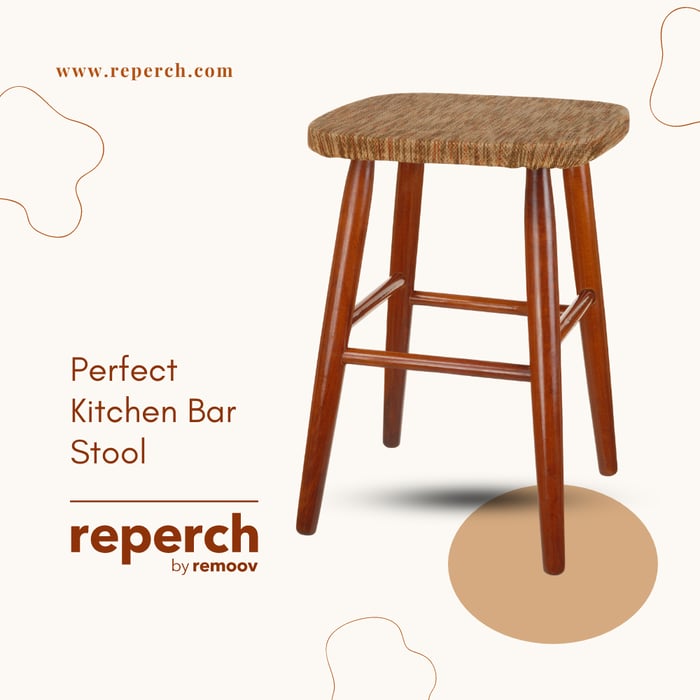Understanding the value of a used refrigerator is crucial, whether you’re selling, buying, or simply negotiating with a landlord. The process involves several factors, including age, model, condition, and market demand. This comprehensive guide will help you accurately assess the value of your used refrigerator, ensuring you get the best possible deal.
Factors Influencing the Value of a Used Refrigerator
1. Age and Depreciation
Age is a significant determinant of a used refrigerator's value. Refrigerators typically have a lifespan of around 10–15 years. As they age, their value decreases. Here's a common depreciation model: First year: Value halves from the original purchase price. Subsequent years: Each year, the value decreases by approximately 10% of the original price. For instance, if someone spent $1,000 on a refrigerator, After 1 year: $500 After 5 years: $500 - ($100 x 4) = $100
2. Make and Model
The brand and model of your refrigerator can significantly impact its resale value. Premium brands like Sub-Zero or Viking tend to retain their value better than less expensive brands. High-end brands: often maintain higher value due to durability and advanced features. Popular brands: Brands like GE, Whirlpool, and LG are well-regarded for reliability and may have excellent resale value.
3. Condition
Physical and operational conditions are crucial when determining the value of a used refrigerator. Exterior condition: Check for dents, scratches, and paint condition. Interior condition: Ensure shelves, drawers, and seals are intact. Operational status: Verify the functionality of features like the ice maker, water dispenser, and temperature controls.
4. Market Demand
Local market conditions can also influence the value of a used refrigerator. If there’s high demand for used appliances in your area, you may be able to sell your refrigerator for a higher price. Location: Urban areas may have higher demand than rural areas. Seasonality: Demand might increase during moving seasons, typically the summer months.
Steps to Determine the Value
1. Identify the Make, Model, and Year
First, locate the make, model, and year of your refrigerator. Often, this information can be found on a label inside the refrigerator or on the back panel. Knowing these details helps you compare similar models on the market.
2. Assess the Condition
Evaluate both the interior and exterior conditions of the refrigerator. Look for any wear and tear, and check all functional aspects, such as cooling efficiency and electronic features. A well-maintained appliance will fetch a higher price.
3. Determine the Original Purchase Price
If you have the purchase receipt, this will be straightforward. If not, look up the current price of a new model with similar features and cubic footage. Websites like the manufacturer's site or major appliance retailers can provide this information.
4. Calculate Depreciation
Using the depreciation model discussed, Subtract 50% of the original purchase price for the first year. Subtract 10% of the original price for each subsequent year.
5. Compare with Similar Models
Check online marketplaces like eBay, Craigslist, or Facebook Marketplace for the current selling prices of similar models. This will give you a realistic idea of what people are willing to pay.
6. Adjust for Condition and Demand
Adjust the price based on your refrigerator's condition and local market demand. For example, if your fridge is in excellent condition and there’s high demand in your area, you can price it higher.
Example Calculation
Let’s say you have a 5-year-old GE refrigerator that originally cost $750. Depreciation per year: $750 / 15 years (expected lifespan) = $50 Life left: 15 - 5 = 10 years Value: 10 years x $50 = $500 If the refrigerator is in excellent condition and there’s high demand in your area, you might price it around $500. However, if the refrigerator exhibits cosmetic damage or the market becomes saturated,.
Selling Tips
Clean thoroughly. Ensure the refrigerator is spotless, both inside and out. Fix minor issues: Repair any small defects, like broken shelves or drawer handles. Provide details: Be clear about the make, model, age, and condition of your listing. Offer delivery: If possible, offer to deliver the refrigerator, which can be a selling point.
Conclusion
Determining the value of a used refrigerator involves assessing its age, model, condition, and market demand. By following these steps, you can accurately price your refrigerator, ensuring a fair deal whether you’re buying or selling. Always remember to compare similar models and adjust for local demand to get the best possible price.








